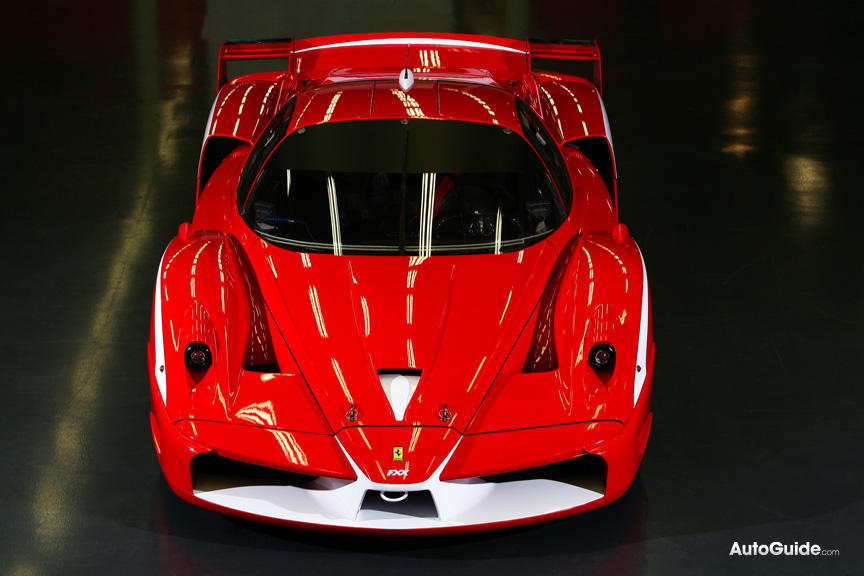According to the Mayan calendar, 2012 will be the end of the world, which means one thing, Ferrari should release their newest Ferrari, the F70 before Dec 21st 2012. That way we can all enjoy the car as the last car we see before the world ends. All joking aside, the wonderful Enzo successor is bound to arrive in 2012, and its supposed to be fast reaching 60mph in under 3 seconds which will be powered by a twin turbo v8. More importantly the Ferrari F70 will not be cheap at $1 million+ each and only 399 to be produced.
The Ferrari F70 will be an ultra light-weight machine and make use of a twin-turbo V8 engine. News of Ferrari’s plans for the successor to the Enzo comes from the U.K.’s AutoExpress where it has been reported that the F70 will in many ways be a spiritual successor to the incredibly-raw F40 – the last production Ferrari to use a turbocharged setup.
Ferrari will also use what it has learned from its FXX program and take inspiration from the company’s 2007 Millechili concept car. The FXX program was made available to a select few of the world’s richest people, who paid several million dollars to not just buy a stripped down and track-prepped Enzo (called the FXX), but to compete in organized private events. As for the Millechili, its important because in Italian it means 1,000 kg, (just over 2,200 lbs) a weight which Ferrari hopes to achieve with the F70. This would be an achievement indeed, as it would be a solid 800 lbs less than the already super-light Enzo.
To do this Ferrari is certain to use a carbon fiber monocoque chassis (essentially a single-piece frame and passenger compartment structure made entirely of the light-weight material), which is now being used in vehicles like the McLaren MP4-12C, as well as the Lexus LFA and Aston Martin One-77. The car will also, no doubt, use carbon fiber body panels and brakes.
Additional weight will be saved by opting for a lighter V8 with twin-turbochargers, rather than a bulky V12. Power output is expected to be similar to the Enzo’s 660-hp, but the reduced weight will give the car a huge increase in performance, both on the track and in a straight line. Also look or a top seed in excess of 230 mph.
Ferrari has publicly admitted it is looking at turbochargers for future models but has also said it wants to virtually eliminate the problem of turbo lag before it builds production turbocharged cars. One solution to this that the Prancing Horse has reportedly been looking into is the use of electric motors to temporarily get the turbos up to speed before. This, of course, raises the possibility that such an electric motor could be part of a regenerative braking system.
This is of course very preliminary information as the car has not yet been released at the auto show and Ferrari has yet to make an official press release with its debut.

